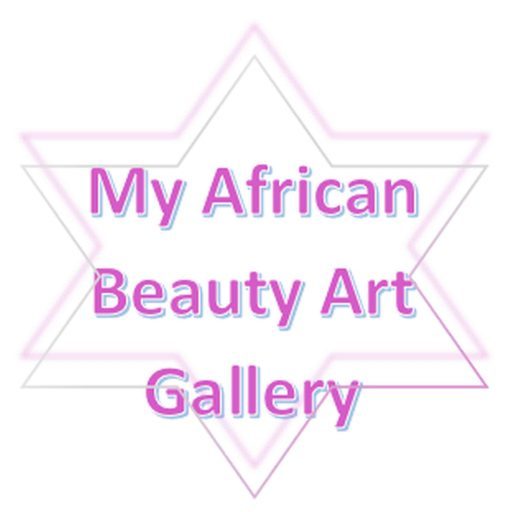LUNDA
TYPES OF ART
Although it is impossible to isolate specific examples of Lunda art, their political activity in the region and their patronage of artists living in neighboring ethnic groups influenced the artistic styles found throughout the region. It is believed that all objects historically linked to the Lunda were originally carved by neighbors, including Chokwe, Luba, Ding, and Lwena.
HISTORY
Lunda history is intricately tied to the peoples living throughout the entire region of south central Democratic Republic of the Congo, western Zambia, and northern Angola. From the early 17th century until the late 19th century when the Chokwe took over regional power, the Lunda empire was the dominant political and military force in this area of Africa. A political union with the neighboring Luba peoples dates back to a royal wedding between Lweji, daughter of a Lunda land chief, and Chibinda Ilunga, son of the first Luba king, Kalala Ilunga. Following this union many dissatisfied clans left the centralized Lunda area and colonized new areas of central Africa, extending the Lunda empire enormously. Lunda influence remained considerable from Lake Tanganyika almost to the Atlantic Ocean, until Chokwe and then colonial interventions diminished their power.
ECONOMY
The economic pursuits of Lunda peoples are dictated by the region in which they live. Those who live along the rivers and ponds which are common in southern Democratic Republic of the Congo are fishermen. Women farm maize, millet, yams, sorghum, squash, beans, sweet potatoes, palm oil trees, and tobacco. Since the 17th century trade between the Lunda and the Shaba province to the east has played an important role in regional economics. During the height of Lunda influence their traders played an important role in the slave and ivory trade that moved goods and people from central Africa to the coasts for international export. Hunting plays an important social and ritual role.
POLITICAL SYSTEMS
The head of the Lunda is entitled Mwaat Yaav and, together with a council of royal dignitaries, was at one time responsible for overseeing political decisions for the entire kingdom. Localized politics were presided over by land chiefs, who wielded a great deal of religious power, and by administrators appointed by the royal court. The majority of the Lunda kingdom was ruled indirectly with traditional leaders in individual regions given the opportunity to make local decisions, as long as proper tribute was paid to the Lunda overlords. It is believed that the Lunda may have at one time been patrilineal, but as they conquered and incorporated various ethnic groups that were matrilineal, their political system transformed to reflect a preference for matrilineal descent.
FACTS ABOUT LUNDA
LOCATION

COUNTRIES
Angola, Democratic Republic of the Congo, Zambia
LANGUAGES
Cilunda, Kiluba (Bantu)
POPULATION
175,000
NEIGHBORING PEOPLES
Yaka, Suku, Chokwe, Pende, Lwalwa, Luluwa, Luba, Lwena, Salampasu
